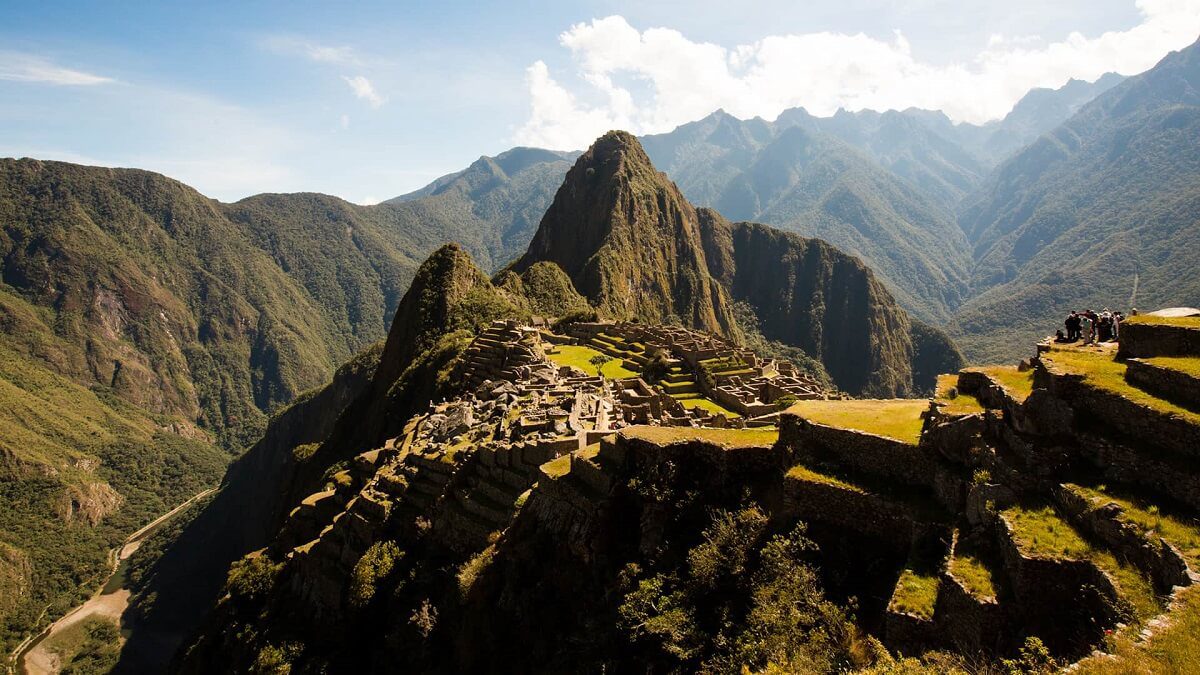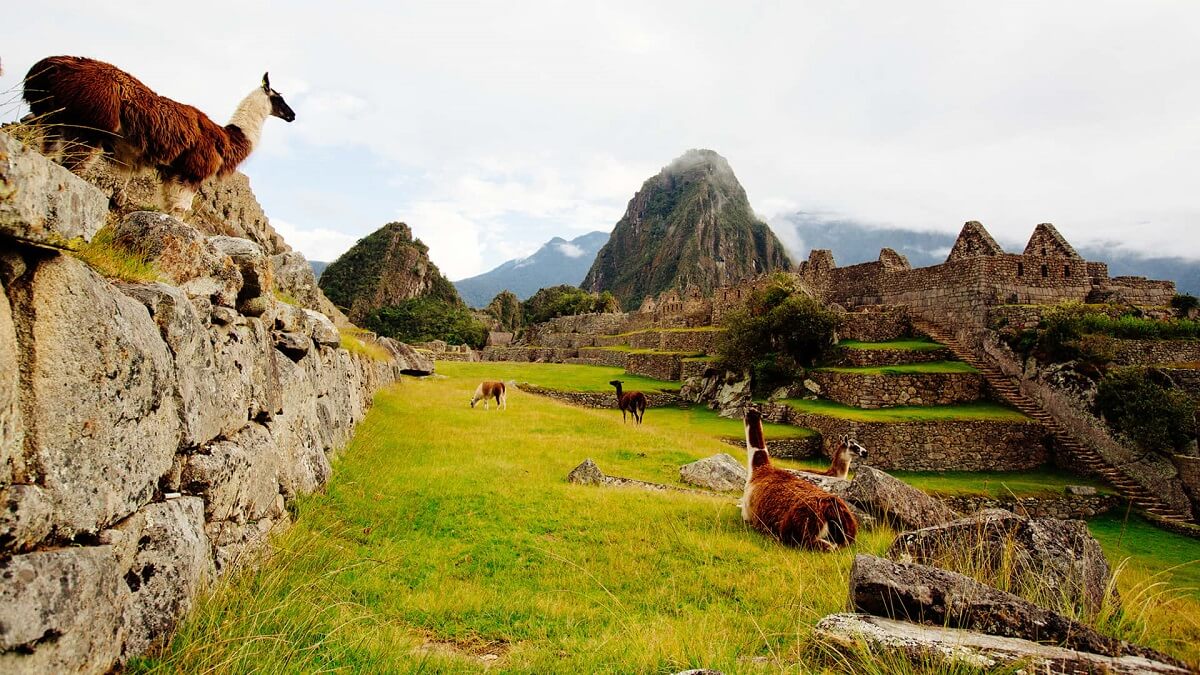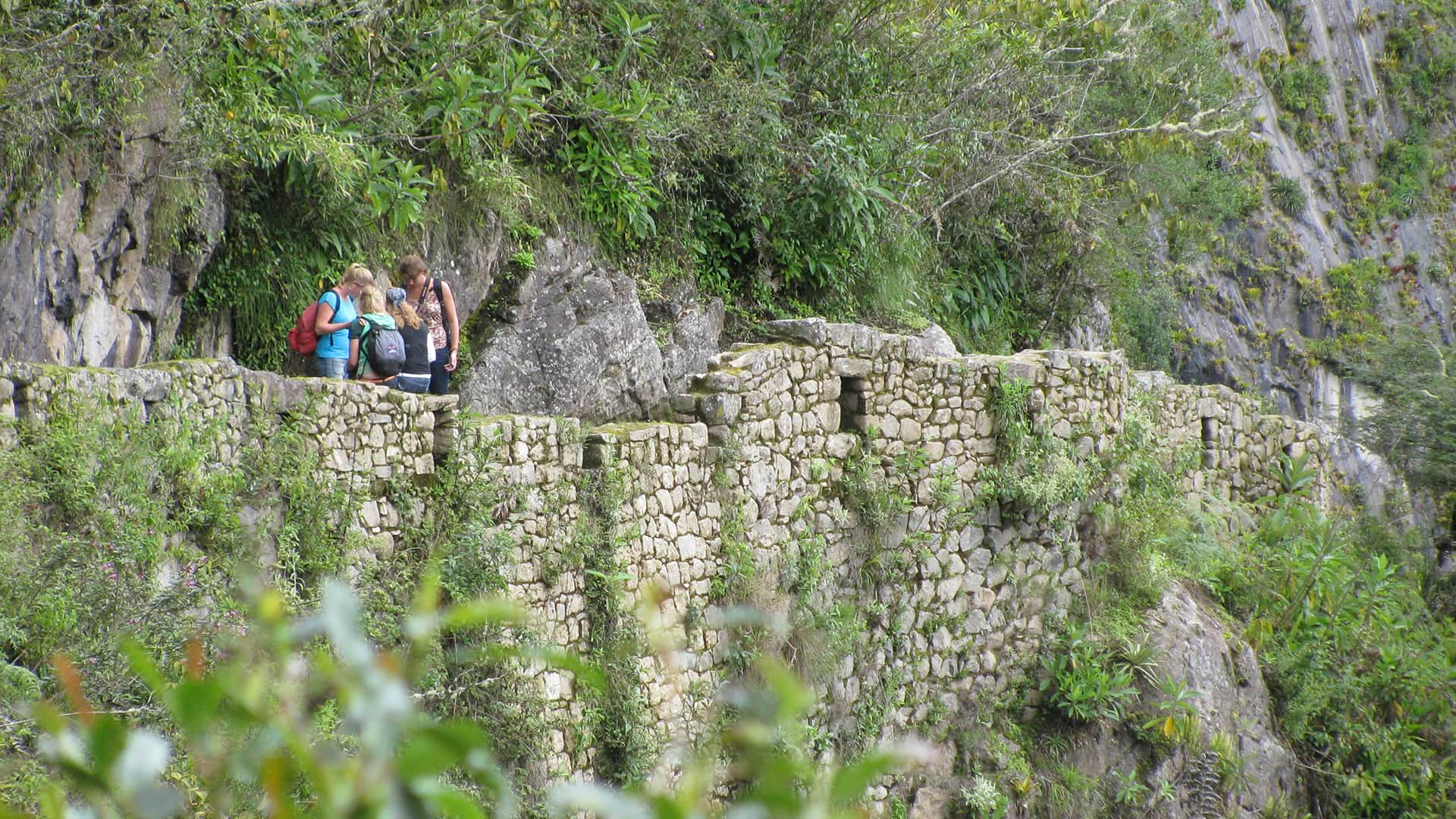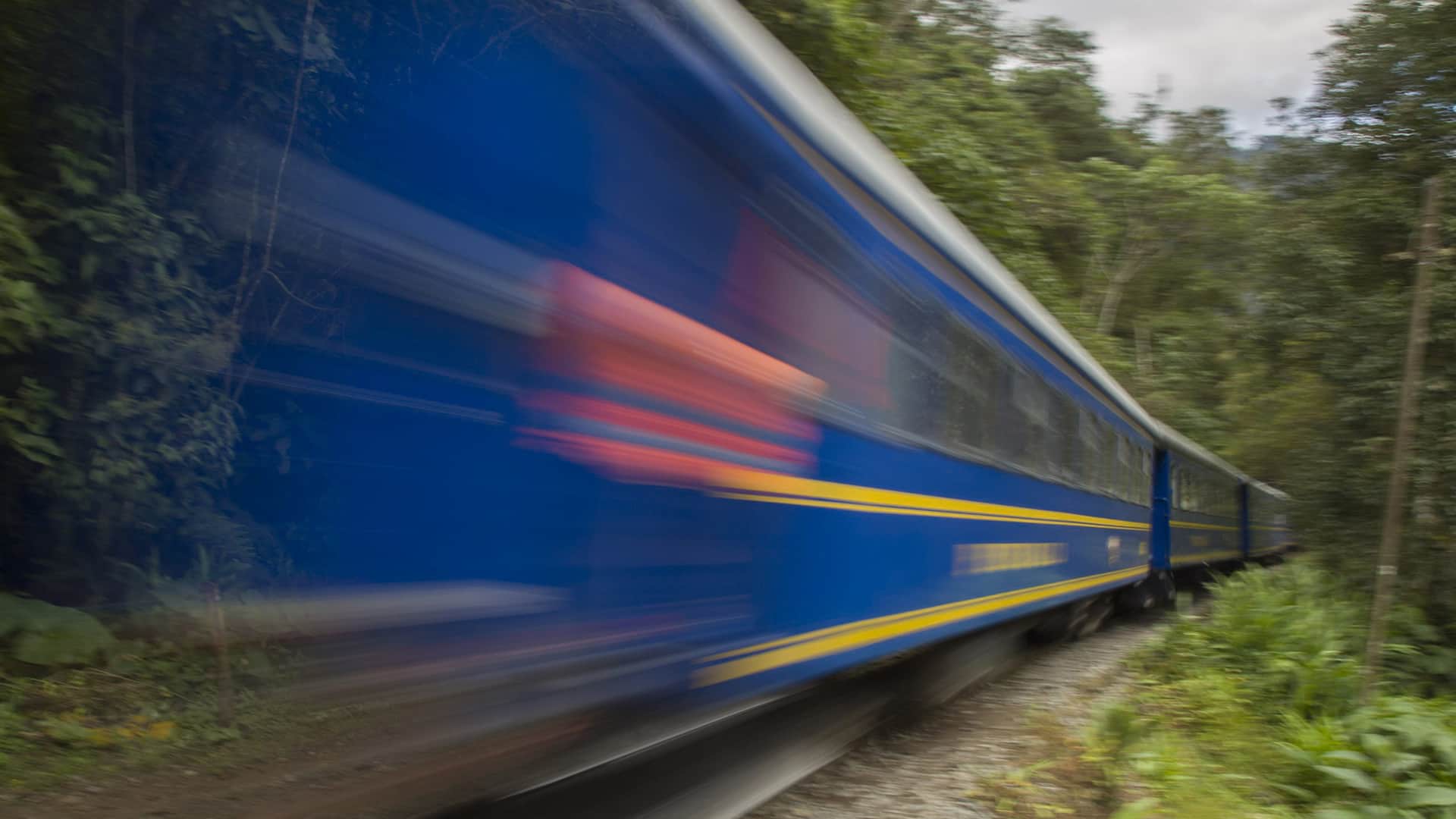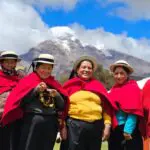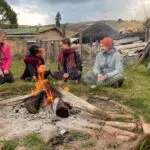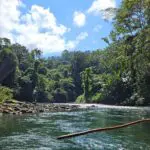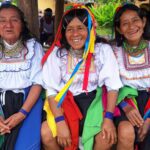The Inca Citadel of Machu Picchu in Peru is a masterpiece of engineering and architecture. Built in the middle of the 15th century, it is believed to have been a residence. One of the residences of the ninth Inca of Tahuantinsuyo, Pachacútec.
The citadel is located 2,453 meters above sea level in the province of Urubamba. This is 80 km northwest of the city of Cusco. Since 2007 it has been considered one of the wonders of the modern world. It is not surprising that Machu Picchu is one of the main tourist destinations in Peru.
Every year, millions of travelers visit this mysterious treasure hidden between two mountains. They come to delight in its impressive architecture and observe the beautiful, surrounding natural landscapes. Guests are taken with the vital energy of this place, which is believed to have been the site of many important religious ceremonies.
In this Destination Guide for Machu Picchu, you will find all the information you need to gain an in-depth knowledge of this important tourist destination.
And if our guide gets you excited to begin planning your next adventure, please check out our Multi-Day Tours of Peru.
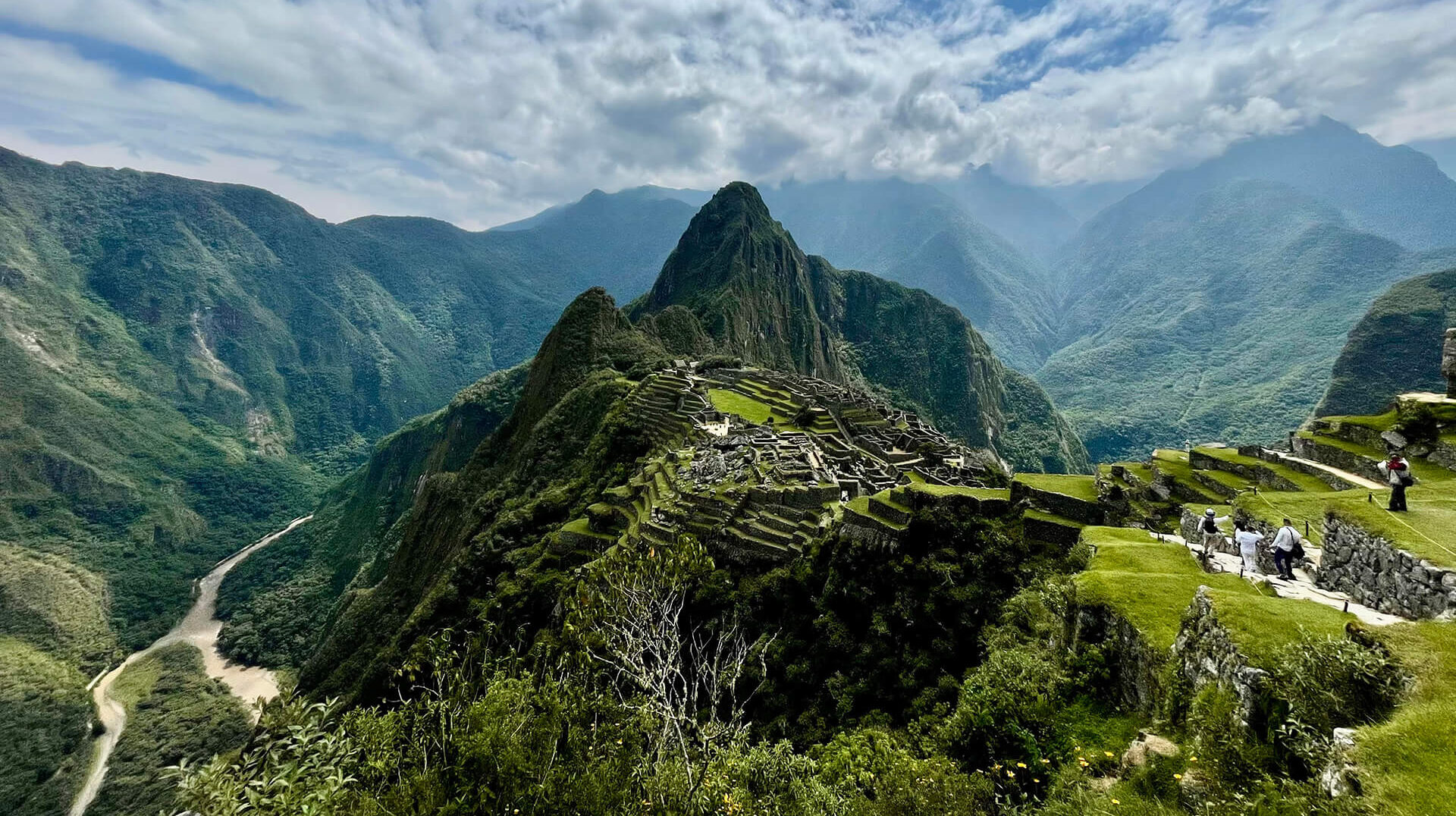
Introduction to Machu Picchu
The historic sanctuary of Machu Picchu in Peru has had UNESCO World Heritage Site status since 1983. It is one of the 12 most visited national parks in the world. (You can make the journey with Impactful Travel, on one of our various Machu Picchu Tours.)
Built between two impressive mountains – Montaña Machu Picchu (old mountain) and Huayna Picchu (young mountain) – the archaeological site houses countless years of history and culture. All that still seems to live on among these impressive stone buildings.
Machu Picchu was an important urban and religious center during the Inca Empire. This is reflected in the finely polished stone constructions. The Temple of the Sun, the Temple of the Moon and the Temple of the Three Windows stand out as particularly extraordinary examples of the site’s architecture.
There are approximately 196 points of interest within the citadel, such as archaeological complexes, squares, temples, monuments, and residences. All of them are harmoniously embedded within the natural environment.
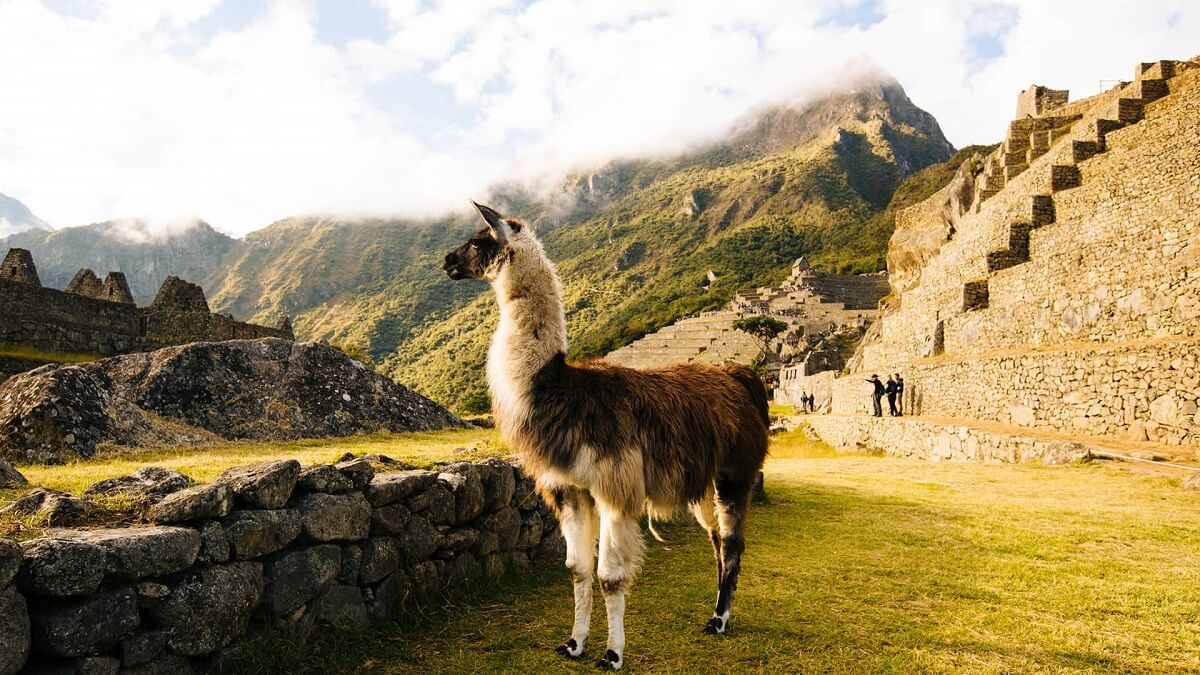
What We Recommend for You When You’re Traveling to Machu Picchu
There are two ways to get to Machu Picchu. You can either make your way there by train, leaving from the city of Cusco, or from the Sacred Valley of the Incas. The train takes you to the town of Aguas Calientes (Machu Picchu Pueblo), from where you can go up to the citadel on foot or by bus.
The other option would be making the journey on a hike. Many different hiking routes can bring you to this magical place, and they all possess their own highlights. The most well-known treks are the Inca Trail, Salkantay Trek and the Choquequirao Trek.
Our Favorite Hiking Route to Machu Picchu
Our personal favorite walking journey to Machu Picchu is the Coffee Route to Machu Picchu. If you choose this option, you will leave from Ollantaytambo and pass from the heights of Abra Málaga to the cloud forest. Here you will start a walk that will allow you to enjoy beautiful, less-traveled roads while you visit coffee-growing families in the area.
Once at Machu Picchu, the guided tour will take approximately two and a half hours. During the tour, you will visit the different temples, pass through the quarry (from where stones were excavated to be used in the citadel’s construction), and ascend to the famous Intihuatana pyramid. We recommend taking the “Inca Bridge” path or climbing “Puerta del Sol” (the latter when re-opened to the public).
For an additional cost, you can climb one of the mountains that surround the citadel, either Huayna Picchu or Montaña Picchu. You can get a panoramic view of the site from both of them.
We’re often asked what the difference is between Huayna Picchu and Montaña Picchu. The first one can be steeper and busier, while the second one is easier on the legs and less touristy.
Mandor Gardens, A Hidden Gem…
If you have some spare time in Aguas Calientes, you can add a visit to the Mandor Gardens. This is the area’s hidden gem that very few tourists know about.
A one-hour walk along the train tracks takes you to these botanical gardens that are home to more than 200 species of orchids. Thanks to the proliferation of plants and flowers, more than 500 species of butterflies can be found here. Some of them native only to this particular region of Peru.
The beautiful landscape is crowned by the Mandor Falls, a waterfall of about 8 meters. However, due to safety concerns, we don’t recommend people to enter the falls.
If you’d like to explore Mandor in the company of an expert, English-speaking guide, we visit the area on day 4 of our Route of Goodies to Machu Picchu tour.
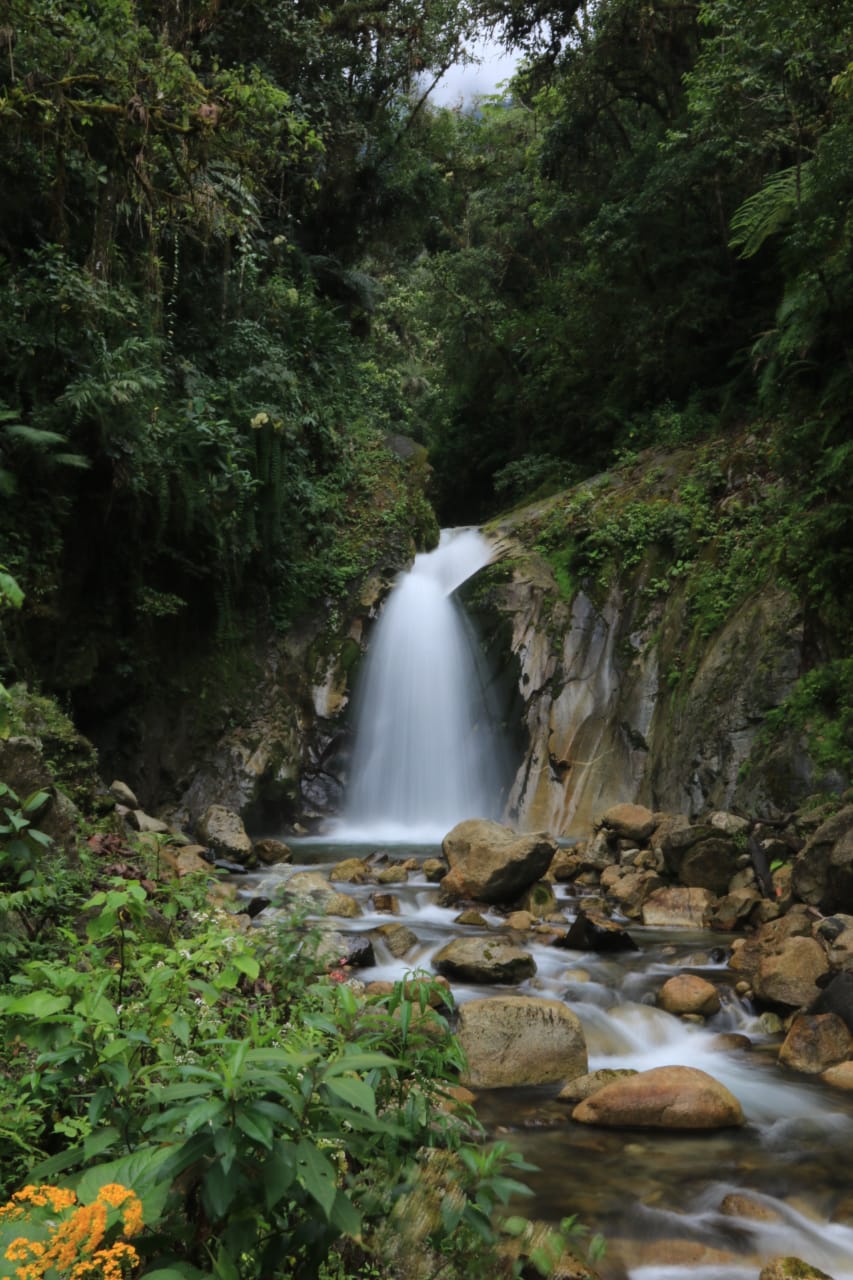
When to Visit Machu Picchu in Peru
Of course, it is never the wrong time to visit a world wonder like Machu Picchu!
Nevertheless, keep in mind that during the rainy months (December to March), sunrises are likely to be cloudy. When conditions are misty, the impressive ruins and surrounding mountains are less visible, sometimes not at all. Though the mists can provide the landscape with their own atmospheric beauty.
We’ve collected general information on Peru’s weather and how the date of your trip affects the local environment in our Best Time to Travel to Peru blog.
When visiting Machu Picchu, it’s good practice to consult local weather reports. In case of landslides triggered by the rain, the access to Aguas Calientes and/or Machu Picchu might be temporarily restricted.
Read our blog get Ready to Visit Machu Picchu, and rest assured that your visit will be relaxed and full of satisfaction. A little forward planning will ensure you get to enjoy every minute of your visit to one of the world’s most magnificent historical sites.
Gallery

